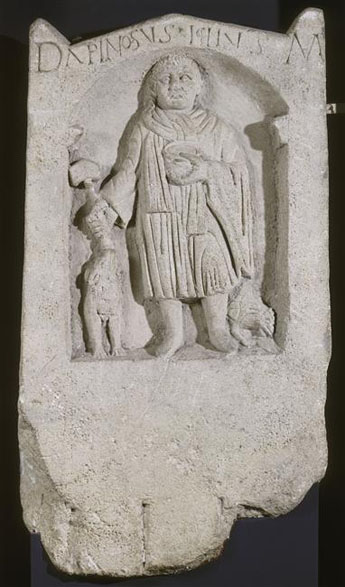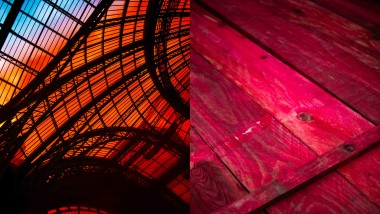An exhibition for all the family: "Loading, l'art urbain à l'ère numérique" at the Grand Palais Immersif
Article - 11 March 2024On the accessible and original theme of street art, through an immersive trail, with a rhythmic soundtrack and interactive activities: Loading is the exhibition you've been looking for to delight the whole family over the holidays! Follow the guide.






